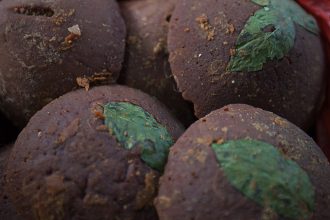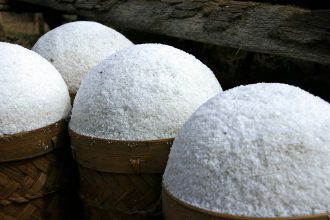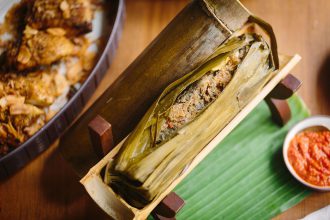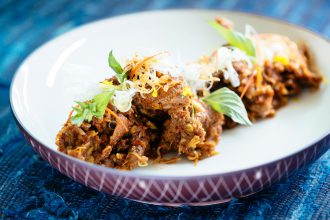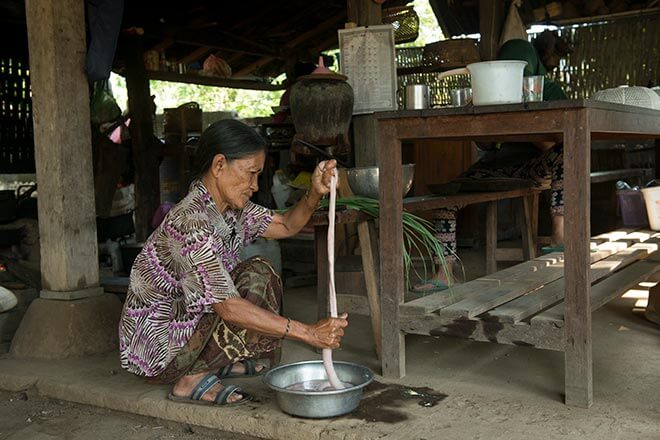
Singaraja totally captivates us...” Lisa Virgiano is brimming with enthusiasm for the local produce she and the Kaum culinary collective have discovered in Bali’s oldest port.
Once the Dutch colonial capital for Bali, the port town of Singaraja in the north of the island holds many hidden charms.
With its strategic location, Singaraja developed into an international hub for sailors and merchants coming from Persia, India, the Middle East, and China, long before mainstream tourism became concentrated in the southern part of Bali.
Even today a small Chinese community inhabits the harbour district of Singaraja, living harmoniously alongside their Muslim and Hindu neighbours, marking an alluring cultural blend compared to other regions in Bali. A lasting symbol of the area’s oriental influence, a small Chinese temple (klenteng) – complete with lotus pond, colourful shrines, and beautiful golden Buddha statues – faces the ocean.
We discovered the muti-ethnic charm of Singaraja during our North Bali taste exploration. Accompanied by our Balinese culinary comrades, we discovered the region’s specialty; handmade sausages, crafted with complete care and respect to authenticity. More than that, we were lucky to learn the true meaning of dedication directly from the makers of Singaraja sausages.
Meet two of Singaraja’s sausage purists, Cik Rose and her beloved sister, who still produce lapciong the traditional way at their humble home. Lapciong are Singaraja’s sausages, a product that has been heavily influenced by the Chinese immigrants who settled in the town as far back as a hundred years ago.
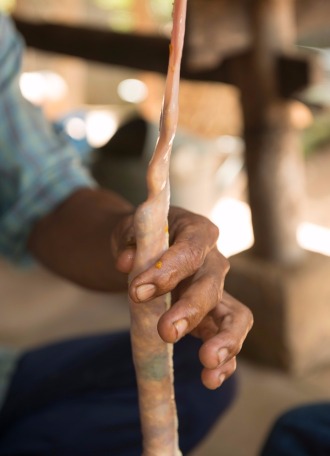
Rather than using industrial-made soft casing, Cik Rose and her sister manually clean and scrub sections of pork intestine every day to use as a natural sausage casing. Next, they chop fresh pork fat, and mix the right compositions of fat and meat with salt, sugar, and spices before stuffing their pre prepared casings ready for sun-drying, a ten-day process which induces a special fermentation inside the sausage.
These carefully crafted sausages are best enjoyed in nasi goreng (fried rice), a dish which allows you to experience the subtle sweet and savoury notes combined with lapciong’s soft texture in every bite.
As well as Singaraja lapciong, we discovered urutan, a different style of Balinese sausage. Similar to ‘Sai Oua’ sausages from north Thailand, Balinese urutan incorporate a special mix of Balinese spices, such as ginger, turmeric, garlic, fermented shrimp paste, aromatic ginger, and galangal to add a piquant aroma and complex flavour profile. Balinese mixed spice (base genep) prevents the rapid growth of bacteria during the making of urutan and salt acts as a natural preservative.
Basically, there are two different types of Balinese urutan; one is freshly made and directly deep fried for immediate consumption, and the other is fermented under the sun for a couple of days to deeply infuse the spice flavours and produce a supple texture.
We urge you to savour these unique sausages at Kaum Bali. Both styles represent the unique infusion of cultures on the island. Crafted with love and dedication, Bali’s urutan and lapciong sausages pay full respect to the original flavours of the island and are a true feast for the palate.
CONTINUE THE JOURNEY
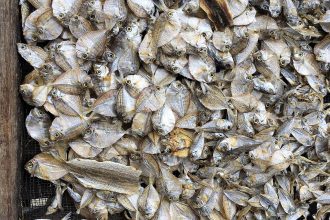
For many Indonesians, salted fish is one of life’s simple pleasures. We are perfectly content enjoying steamed rice, salted fish and a fiery sambal (chilli relish), devouring all with our right hand. Happiness is purely simple for most Indonesians!
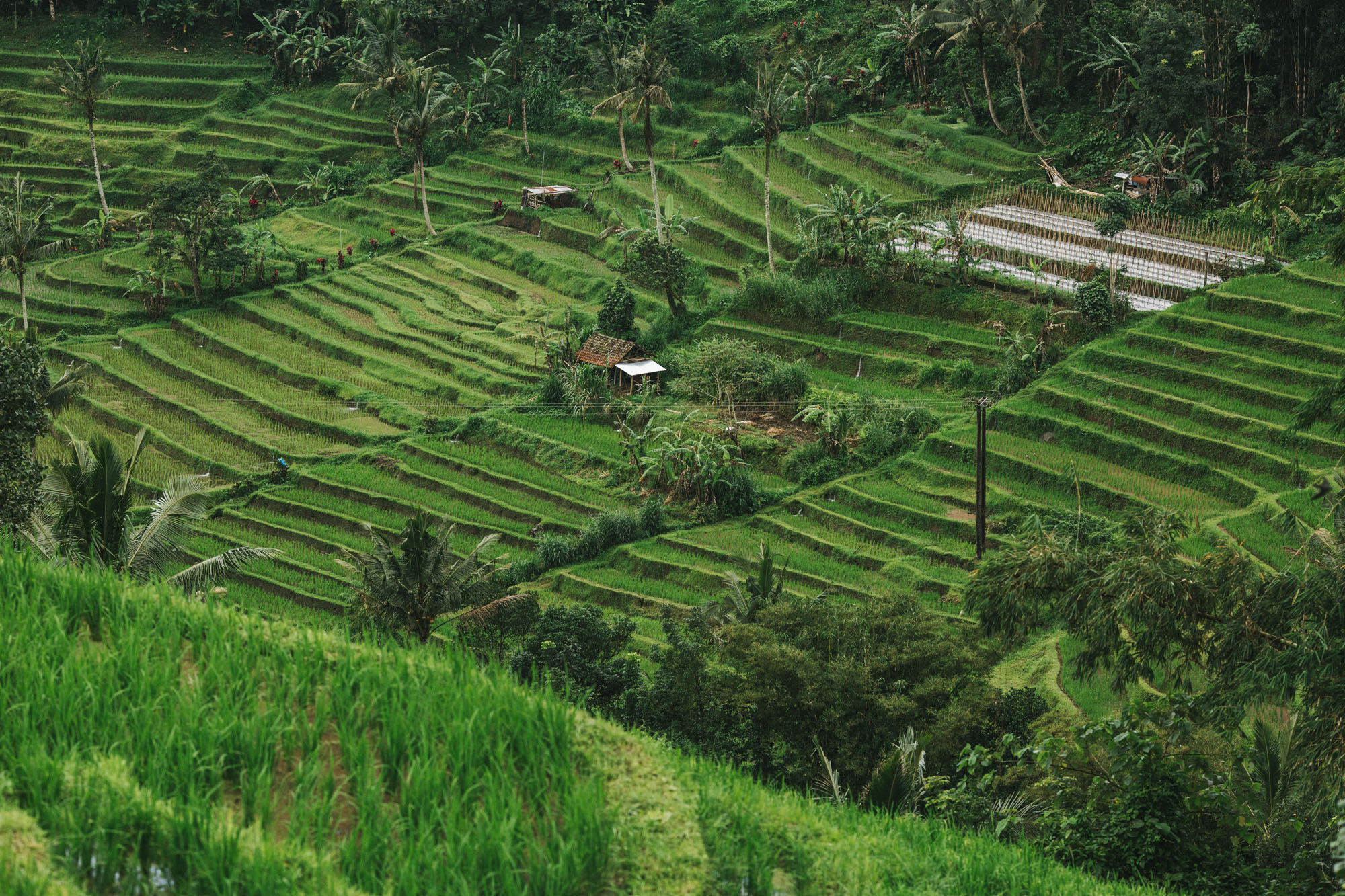
Rice is an essential commodity in Indonesia. Nowadays, most Indonesians think of rice not only as an indispensible component to any meal, but also as a kind of “sacred” staple. But has this forever been the case? Have Indonesians always consumed rice as part of their daily diet?
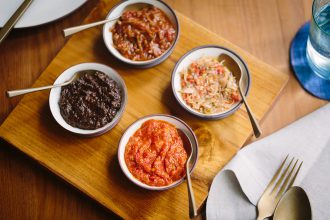
Chilli relish (sambal) is an imperative Indonesian condiment, served with almost every Indonesian dish. It arouses the appetite, ignites the senses, and complements the taste.
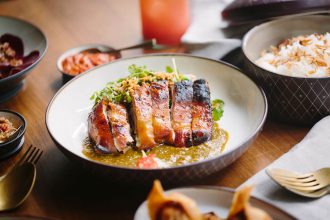
Bali has been part of the Asian trading network since the 15th century. Traders from Java brought rice and salt which could later be exchanged for cash crops, including pepper from Sumatra, spices from the Moluccas, and cotton from Bali.

